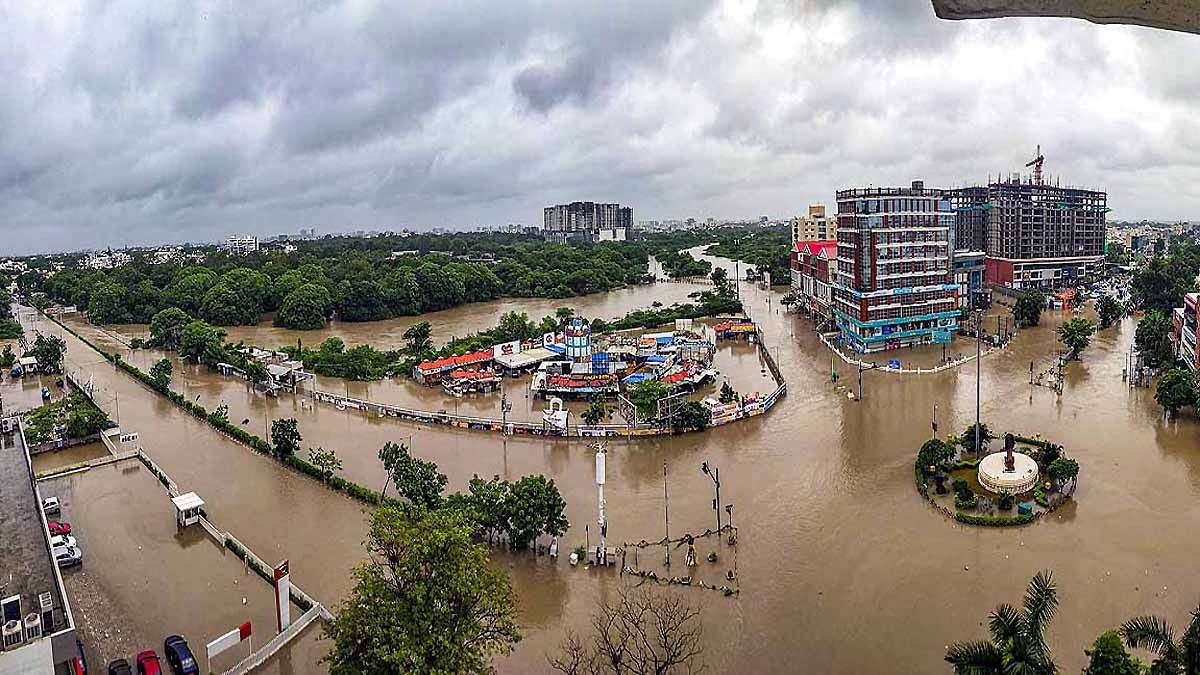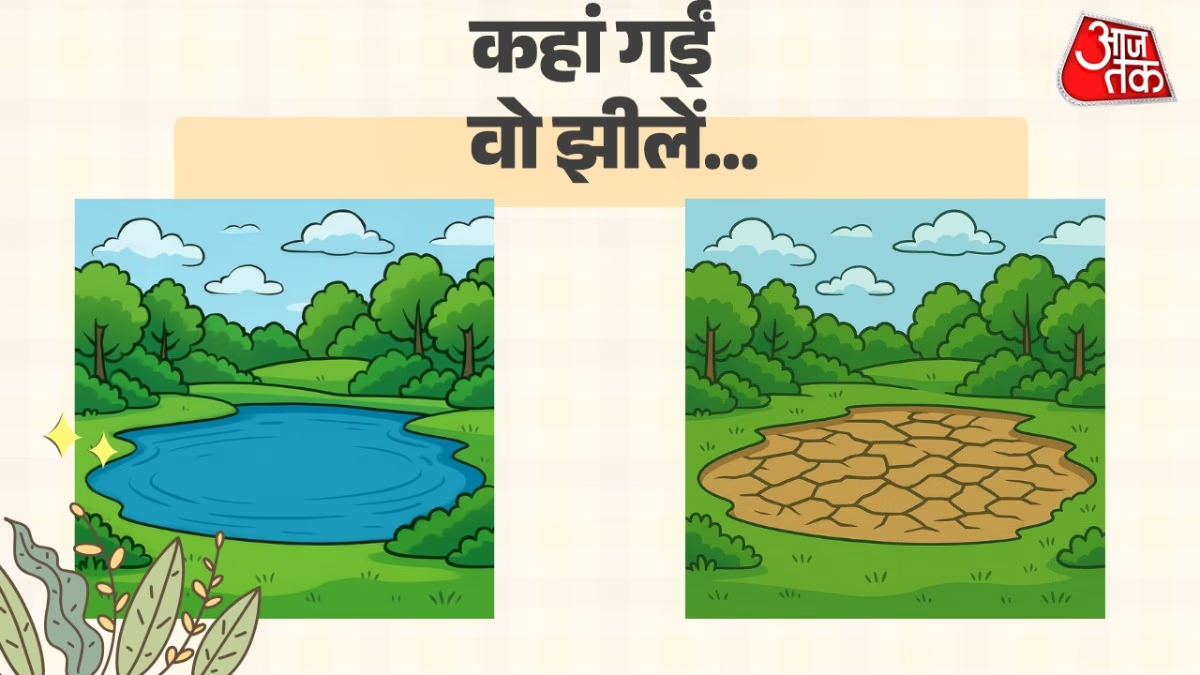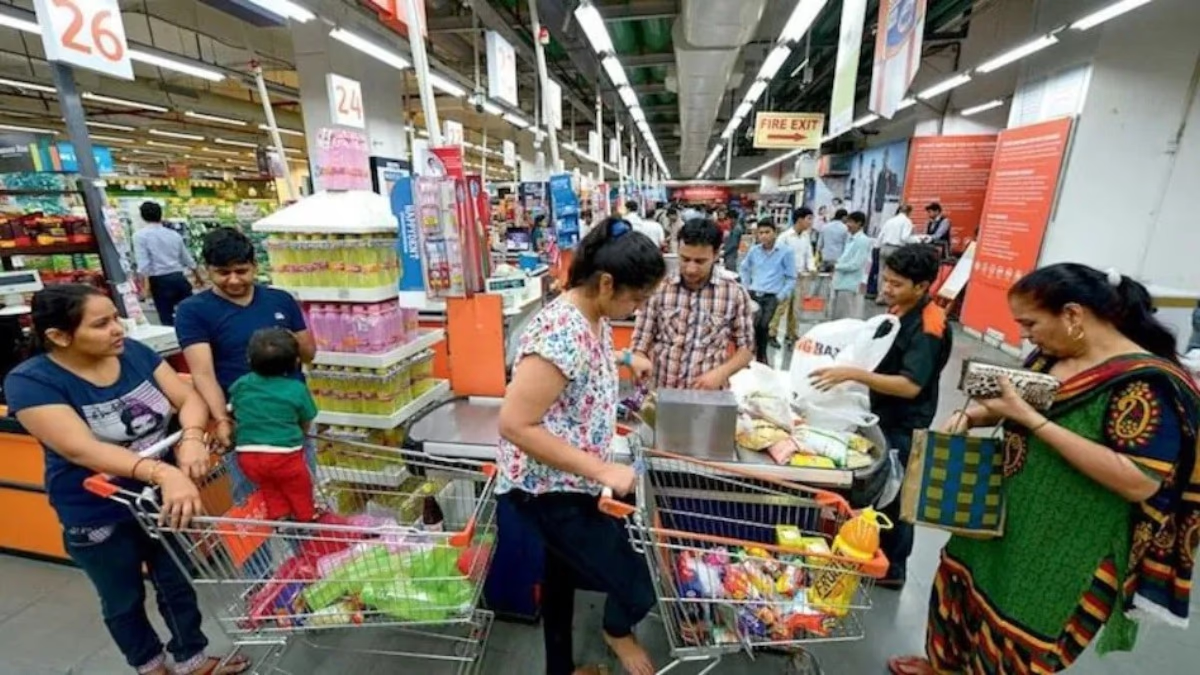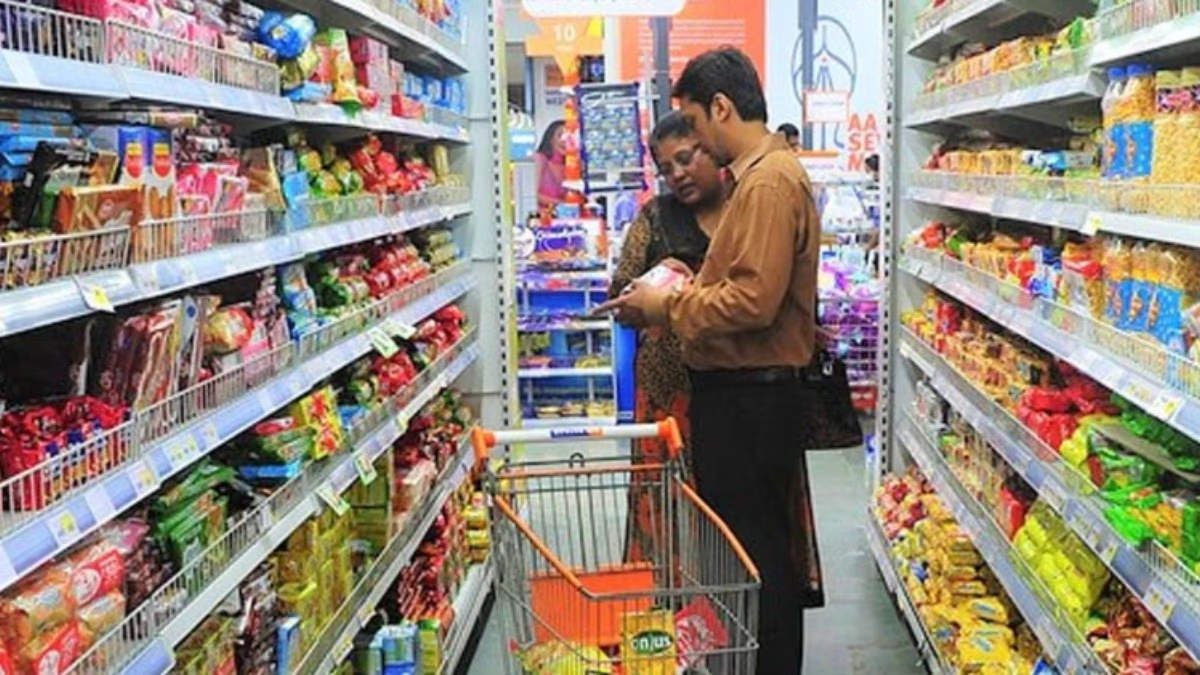Relentless rain. Then deadly floods wreaking havoc on cities. Big or small, all cities are sinking. Delhi, Mumbai, Vadodara, or Patna, all face the same calamity. Flood waters from the sea or rising rivers submerge them. These are natural, but urban water management systems also fail them... Learn how?
Be it the capital Delhi or financial hub Mumbai, Porbandar in Gujarat or Patna in Bihar, the entire country suffers. Drainage systems, rainwater management, flood risk management... everything is flawed. Yes, the government alerts three types of forces before a flood: police, NDRF/SDRF, or the army. They help save people and pets from flooded areas.
Also Read:
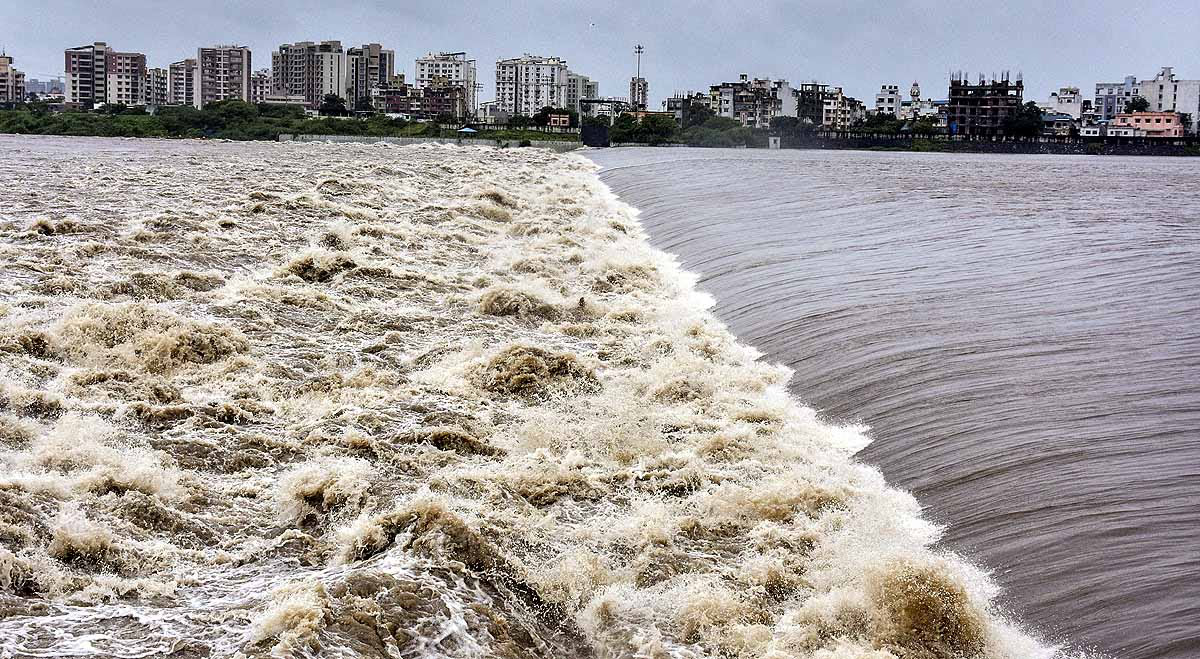
Source: aajtak
Emergency forces are deployed, but the least we can do is correct urban development. When waterlogging occurs, Mumbai’s lifeline, the local train, ceases to function. Even BEST buses struggle. Pictures of vehicles stuck in water are common. Delhi faces the same issue. A little rain and the national capital starts struggling like a creature drowning.
First, let's understand the problems our cities face and then look at cities like London's system that prevents waterlogging.
Problems in Cities like Porbandar, Delhi, Mumbai, and Patna...
Inadequate Infrastructural Setup...
Most Indian cities have ancient and insufficient drainage systems. They can't handle heavy rainfall, causing potential flooding in just 30 minutes of rain. This leads to severe flooding scenarios. The sewers fail to block or manage water flow. Look at Delhi's flood last year, it was the same this year too. Recently, Mumbai faced similar conditions. Now, cities in Gujarat are going through the same ordeal.
Also Read:
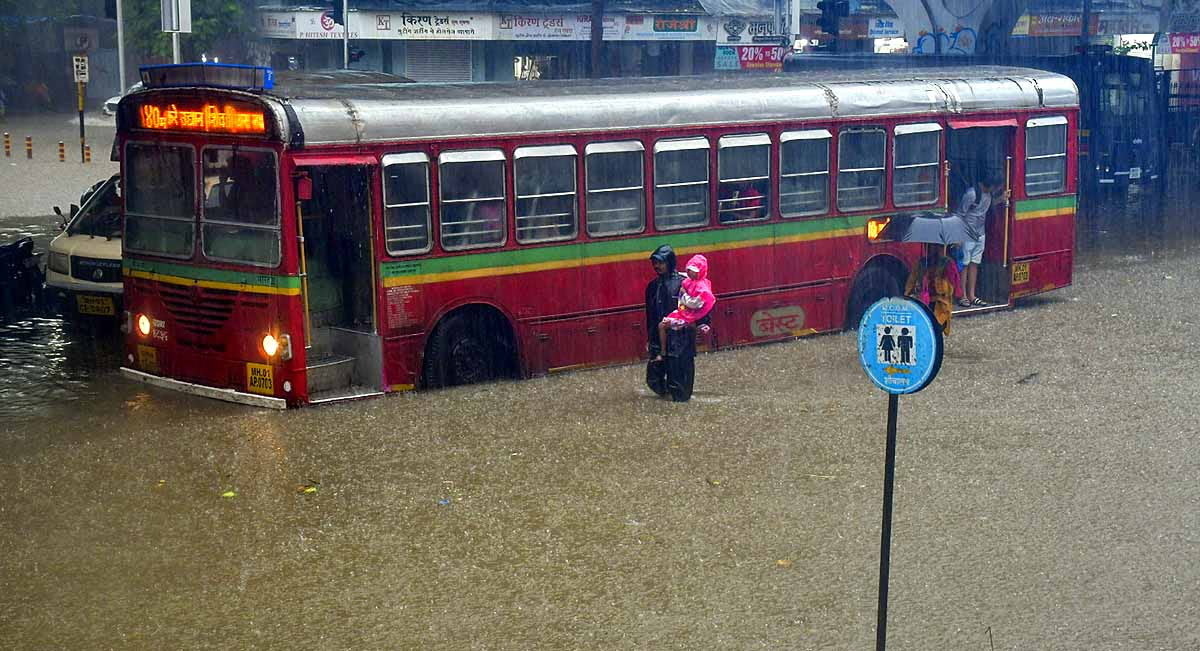
Source: aajtak
Lack of Rainwater Harvesting...
Rainwater harvesting has barely started in Indian cities and isn't integrated with urban planning. It’s already established in places like London, New York, or Sweden. If implemented, cities can store adequate water. Some parts of Rajasthan avoid floods due to rainwater harvesting rules people follow diligently.
Urbanization and Climate Change...
Rapid urbanization means fewer areas to absorb water. Wetlands and green spaces are decreasing. Climate change causes sudden and intense rainfall, heavily pressurizing existing drainage systems.
Also Read:
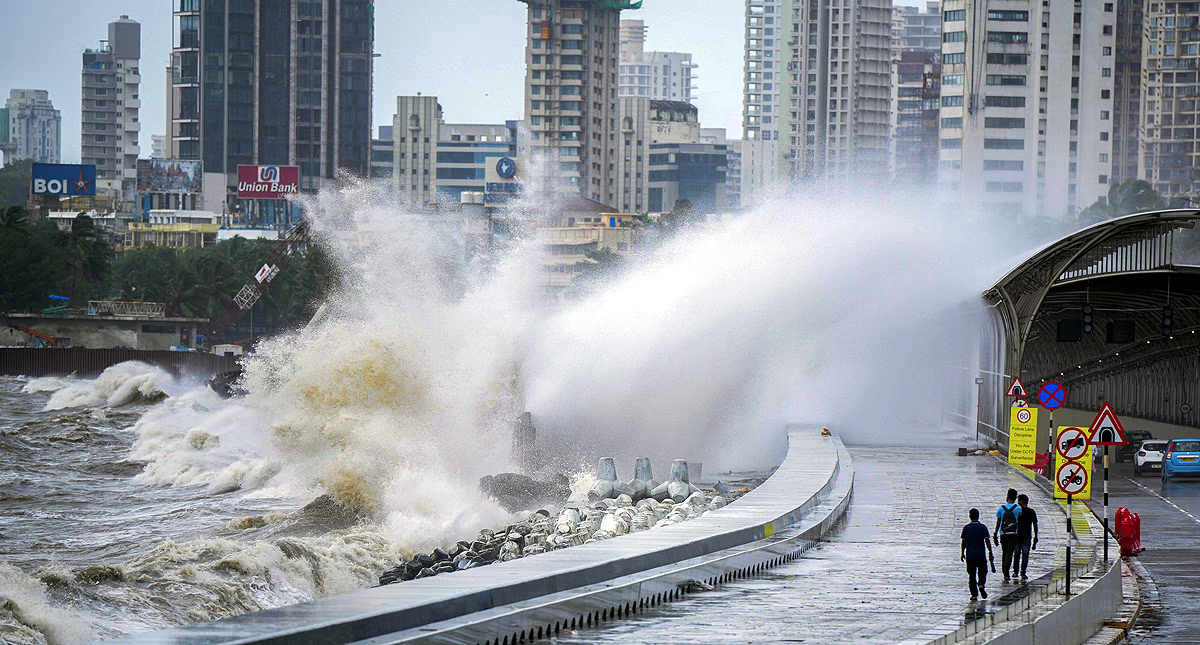
Source: aajtak
Limited Governmental Support...
Unlike foreign governments, India's policies lack focus. Comprehensive awareness campaigns and incentives for rainwater harvesting should be developed to encourage people. Installing such systems in buildings can streamline city water management.
Lack of Public Awareness...
People here lack awareness and dump plastic rubbish in drainage systems, blocking them. This mass garbage ends up blocking the point where waste flows into rivers or the sea. This stops water flow during rains, causing accumulation. When sea waves come, they don’t recede easily.
Also Read:
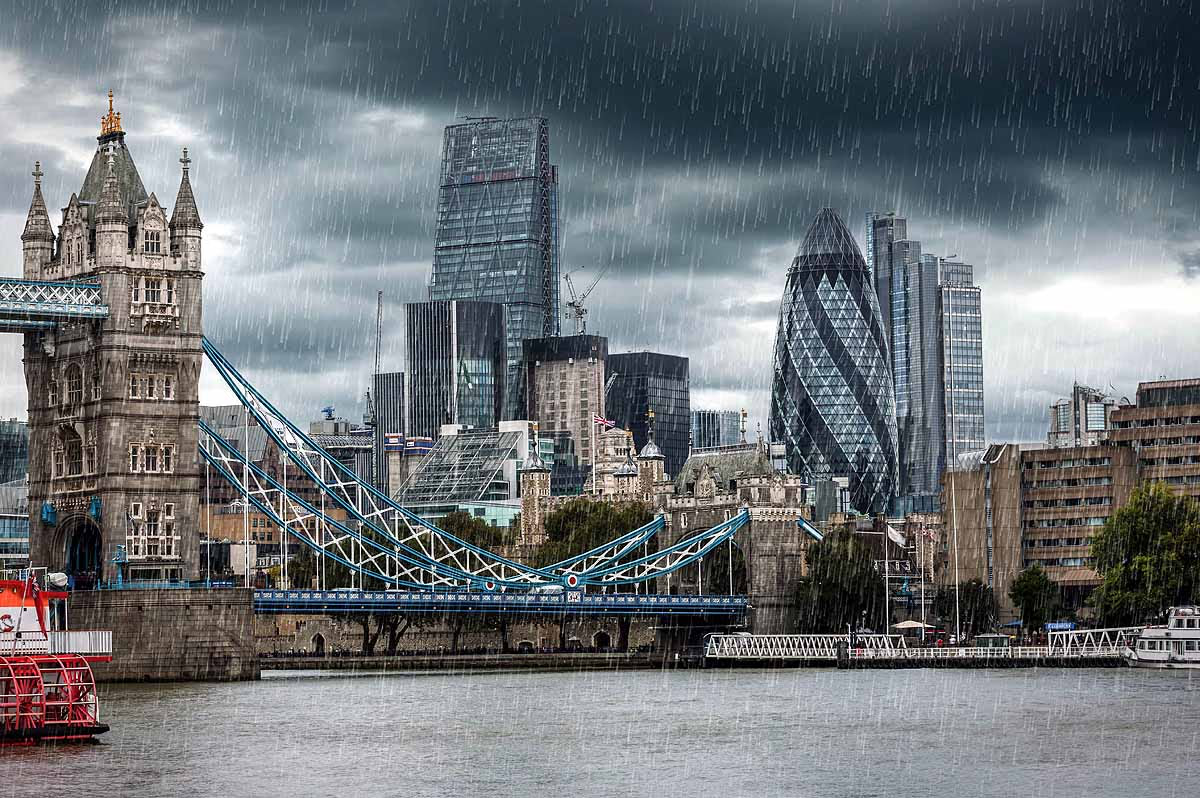
Source: aajtak
What Works Better in Other Major Cities...
Rainwater Harvesting...
Major cities in the West focus extensively on rainwater harvesting. Buildings integrate this technology to store and reuse rainwater. Take the Museum of London; it harvests 25,000 liters of rainwater from its 850 square meter roof for toilet flushing and irrigation.
Also Read:
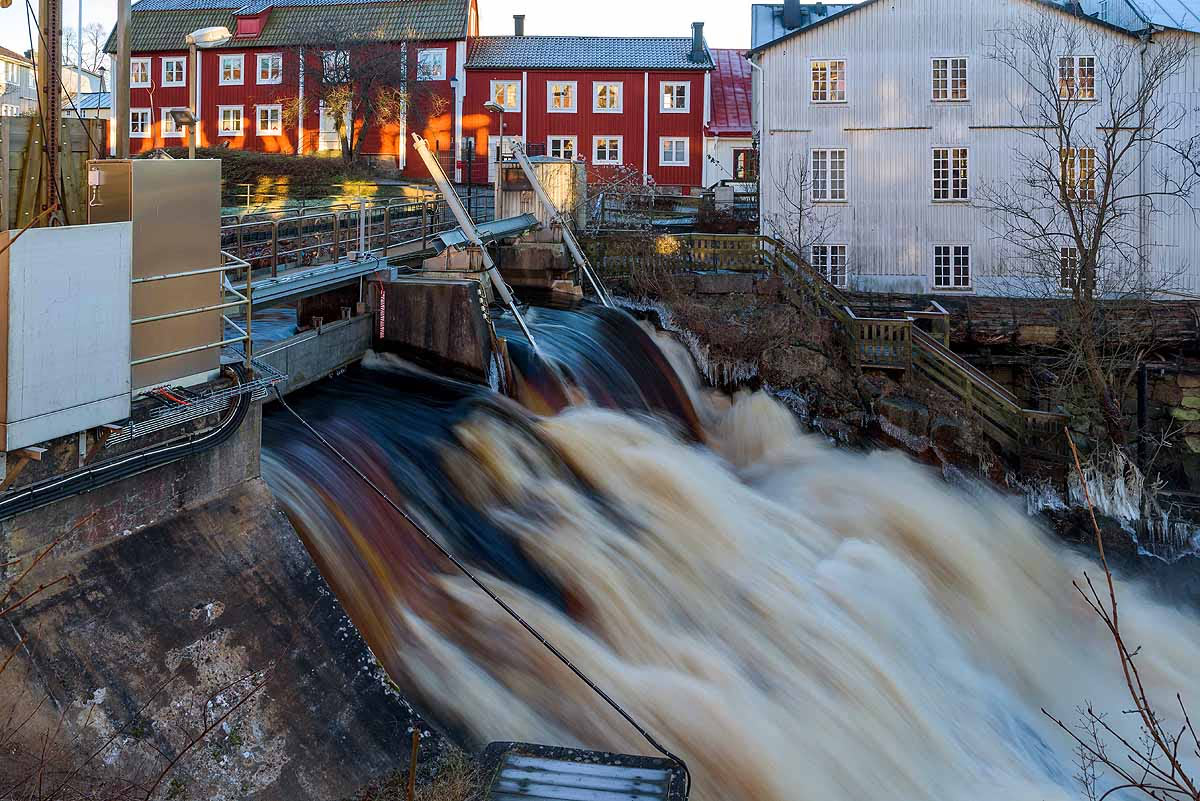
Source: aajtak
Sustainable Urban Drainage Systems...
Advanced stormwater management techniques are well implemented, reducing the load on sewer systems. Stormwater management allows timely disposal of rainwater or its collection for reuse, preventing unnecessary entry into sewer systems.
Legislation and Incentives...
Strong rules promote rainwater harvesting, with strict regulations for new buildings.
